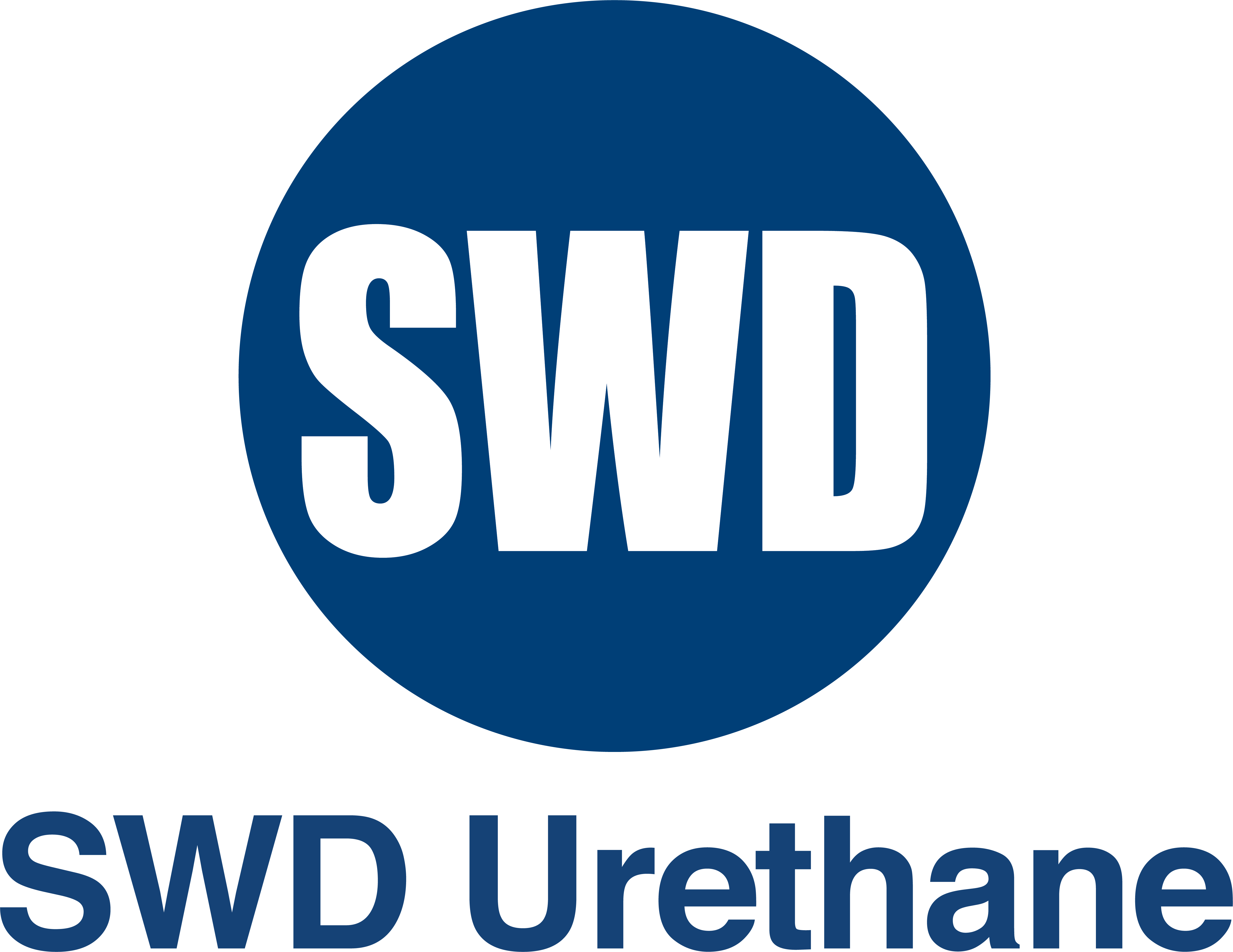Insulation is crucial for a home’s comfort levels and energy efficiency, but a lot of homes don’t have sufficient insulation. Whether your home has worn and outdated insulation or there are gaps in your insulation, it’s important to invest in upgrades as soon as possible to prevent energy waste and keep your home comfortable throughout the year. Keep reading to learn more about the pros and cons of blown-in vs. spray foam insulation in Northern California to make your decision as easy and straightforward as possible.
Blown-in insulation
Blown-in insulation is a material made of fiberglass or cellulose that’s blown into cavities in walls to fill in gaps in insulation. This insulation is ideal for attic spaces with nooks and crannies that are difficult to insulate with fiberglass batting due to their size and shape. Cellulose blown-in insulation is the most affordable option because it is made from recycled materials. Once installed, blown-in insulation can last for up to 25 years while providing very reliable performance.
Spray foam insulation
Spray foam insulation is typically made of polyurethane that’s applied as a foam and expands and hardens as a solid to create airtight seals in wall gaps—especially in attics. Because spray foam insulation expands after it’s applied, it automatically conforms to the precise shape and dimensions of the space in which it’s being installed. Depending on the material being used, spray foam insulation can last for up to 80 years. Because this type of insulation creates such a strong seal, it’s one of the most effective options when it comes to blocking drafts and minimizing thermal heat transfer in attic spaces.
Choosing the right option
There are a few key factors to weigh when choosing between blown-in vs. spray foam insulation in Northern California:
- Price: In many cases, spray foam insulation and blown-in insulation are comparable in price. However, it really depends on the specific type of insulation used. Blown-in insulation made from recycled materials tends to be much more affordable than fiberglass blown-in insulation. To determine the cost of your insulation project, it’s best to get a quote from a professional technician.
- Longevity: Spray foam insulation typically lasts much longer than blown-in insulation, but the longevity of your insulation can vary significantly depending on the specifics of the installation process, the material and your property. For the best longevity from your insulation, make sure to work with a professional insulation contractor.
- Versatility: Both spray foam insulation and blown-in insulation are versatile and can be shaped to fill virtually any space or gap in your home. In some cases, spray foam insulation can cause problems with moisture damage and mold and mildew growth, so it’s important to get a professional opinion first.
Blown-in vs. spray foam insulation
At Ace Insulation Inc, we know how important it is to choose the right insulation for your needs, and we are here to make sure you get the most out of your investment in home insulation. Whether you need help choosing between blown-in vs. spray foam insulation in Northern California for your attic or you need comprehensive insulation for home construction or renovation, we are here to help you. Give us a call to find out more about what we have to offer and to request a quote for our services.


